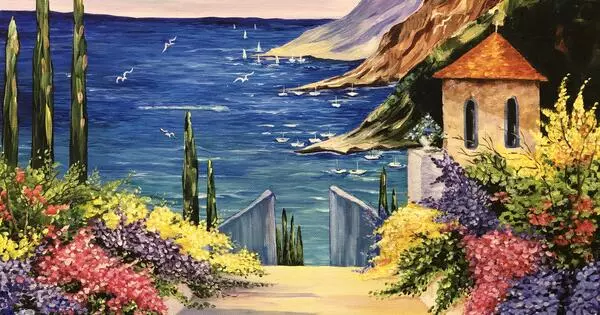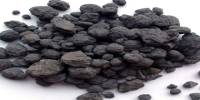Landscape painting, often known as landscape art, is the depiction of natural scenery such as mountains, valleys, trees, rivers, and woods, with its elements grouped into a coherent composition. It is a type of art that depicts natural scenery such as mountains, woods, rivers, valleys, and other outdoor settings. It has a long and rich history in the field of art and has been practiced for millennia in numerous cultures.
Landscape backgrounds for figures can still be a significant feature of other works. The sky is almost always featured in the vista, and weather is frequently incorporated into the composition. Detailed landscapes do not exist in all creative traditions, and they emerge when there is already a sophisticated tradition of painting other subjects.
Both Western painting and Chinese art have two major lineages that date back well over a thousand years. The acknowledgement of a spiritual aspect in landscape art is there from the beginnings of East Asian art, relying on Daoism and other intellectual traditions, but it is only with Romanticism that it becomes clear in the West.
Here are some key points about landscape painting:
- Historical Development: It emerged as a unique genre in Western art during the Renaissance period (14th to 17th centuries). Landscapes were previously frequently used as backgrounds in religious or historical paintings. Landscape artists such as Leonardo da Vinci and Albrecht Dürer made significant contributions to the early development of the genre.
- Influential Artists: Many well-known artists have contributed significantly to landscape painting. Among the renowned artists are Thomas Cole, John Constable, J.M.W. Turner, Albert Bierstadt, Claude Monet, Vincent van Gogh, and Georgia O’Keeffe. Each of these artists has their own distinct style and approach to landscape painting.
- Styles and Approaches: Landscape painting includes a variety of techniques and methods. Some artists strive for realistic and detailed renderings of nature, while others concentrate on portraying a scene’s emotive or atmospheric elements. Landscape painting was influenced by various movements, including Impressionism and Romanticism.
- Subject Matter: Landscape paintings can have a wide range of subjects. Artists might represent peaceful, calm landscapes or violent, chaotic ones. Landscapes can also be urban or rural, reflecting different seasons and times of day.
- Techniques: Landscape artists use various techniques and mediums, including oil paint, watercolor, acrylics, pastels, and more. They often pay close attention to elements such as perspective, color, light, and composition to create a compelling and visually appealing depiction of nature.
- Cultural Variations: It is not just a Western art form; it has been practiced in many cultures across the world. Traditional Chinese and Japanese landscape painting, for example, has a distinct style characterized by ink and brushwork, and frequently features mountains, waterfalls, and mist.
In summary, landscape painting is a type of art that celebrates the natural world’s beauty and diversity. Its complex tapestry of styles and techniques has evolved over ages, with artists from diverse countries and time eras contributing to its rich tapestry. Landscape paintings continue to enchant and inspire both art aficionados and nature lovers.
















